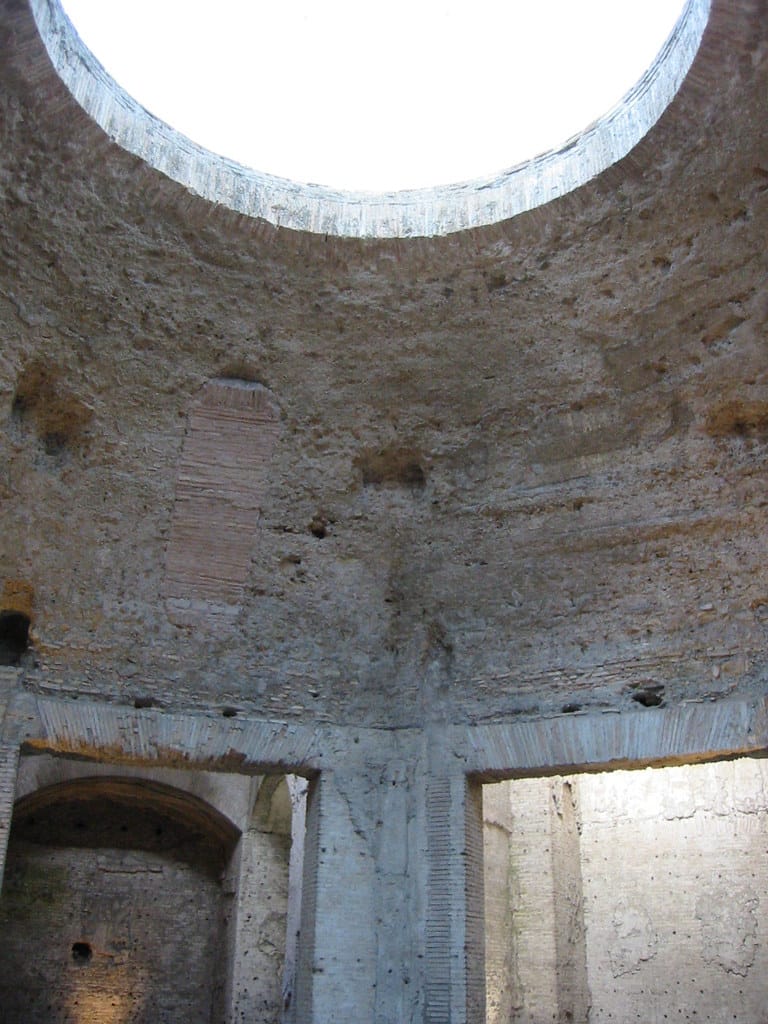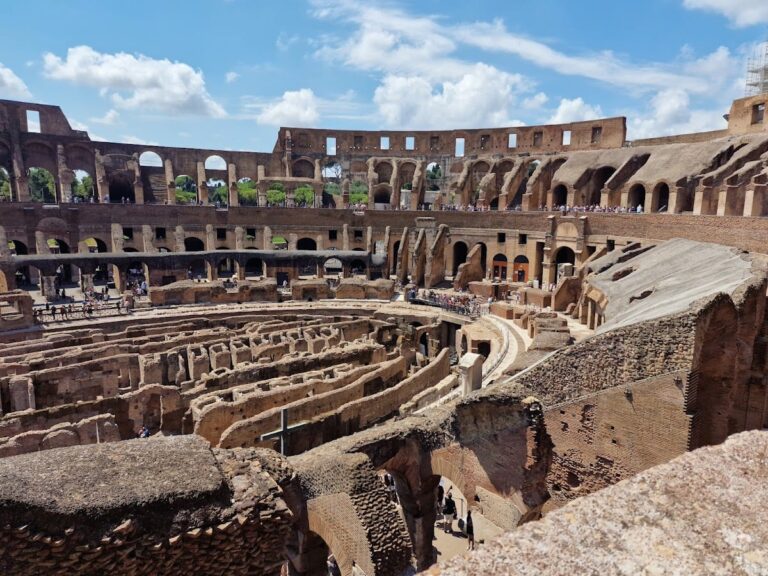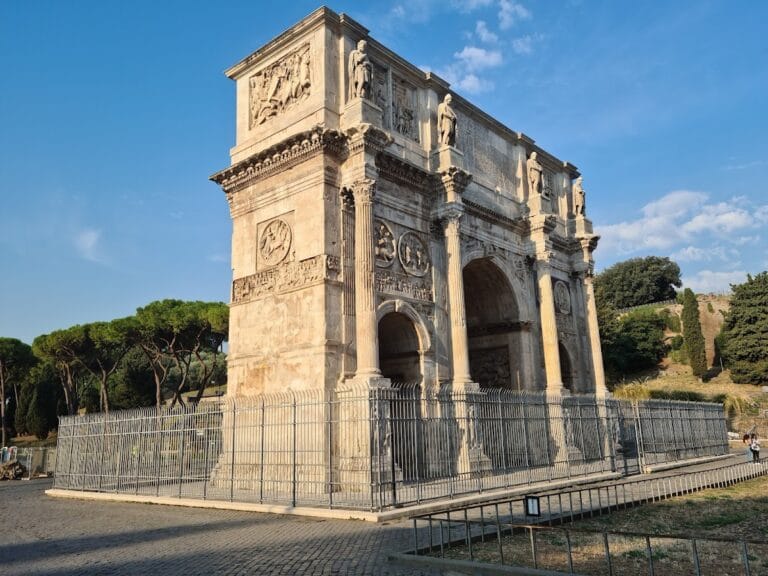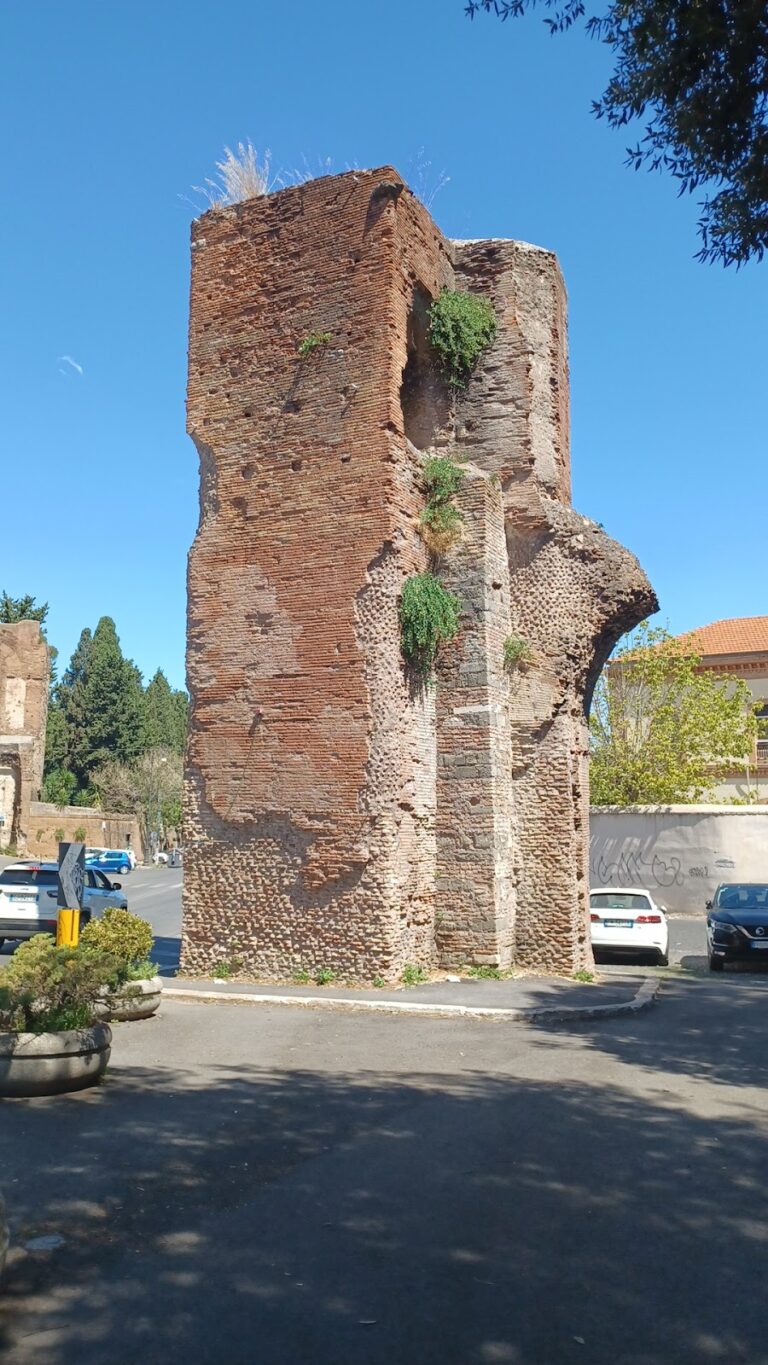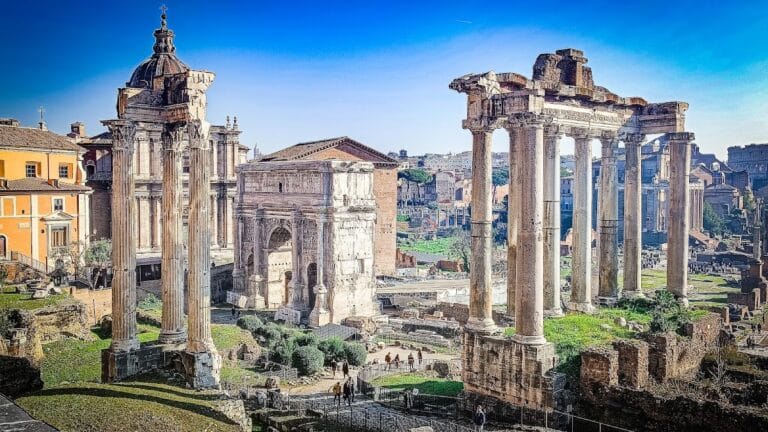Domus Aurea: Nero’s Imperial Villa in Ancient Rome
Visitor Information
Google Rating: 4.6
Popularity: Medium
Google Maps: View on Google Maps
Official Website: ticketing.colosseo.it
Country: Italy
Civilization: Roman
Remains: Domestic
History
The Domus Aurea was an expansive urban villa constructed in Rome by Emperor Nero following the devastating fire of 64 AD. This fire ravaged much of the city center, prompting Nero to seize approximately 80 hectares across the Palatine, Esquiline, and Caelian hills to build his grand palace complex. The villa was intended as a luxurious retreat, reflecting imperial opulence and innovation.
During Nero’s reign, the Domus Aurea became notorious for its lavish use of gold and precious materials, many of which were taken from temples throughout Rome, Asia, and Greece. The villa also served as a backdrop for political intrigue, notably the Piso conspiracy against Nero in 65 AD. Despite its ambitious scale, the complex was likely never fully completed by the time of Nero’s death in 68 AD.
After Nero’s demise, the villa’s fortunes rapidly declined. Emperor Otho made efforts to finish parts of the complex, and Vitellius briefly resided there. However, Emperor Vespasian initiated the systematic dismantling of the Domus Aurea, returning the land to the Roman populace. The artificial lake at the center of the estate was drained to make way for the Flavian Amphitheatre, now known as the Colosseum. Subsequent emperors repurposed the site further, constructing the Baths of Titus, the Baths of Trajan, and the Temple of Venus and Rome over the former palace grounds.
The Domus Aurea was gradually buried beneath these later monumental structures, which inadvertently preserved its elaborate frescoes. Rediscovered accidentally in the late 15th century, these frescoes, characterized by their “grotesque” style, significantly influenced Renaissance art. Archaeological investigations have continued into modern times, including a 2019 discovery of a vaulted chamber adorned with frescoes of Pan, panthers, and a sphinx, named the “Sala della Sfinge.” The surviving portions of the Domus Aurea, including areas beneath the Baths of Trajan and the nymphaeum on the Caelian Hill, have been recognized as part of the UNESCO World Heritage list since 1980.
Remains
The Domus Aurea was a vast complex resembling a maritime villa, covering approximately 219 hectares. It featured dispersed buildings, gardens, terraces, and porticoes, inspired by the luxurious villas of Baiae. The estate spanned the Palatine, Velia, Oppian, and parts of the Esquiline and Caelian hills, with an artificial lake at its center, later replaced by the Colosseum.
Constructed primarily of brick and stone, the complex was richly adorned with gold leaf, semi-precious stones, ivory, and marble. Frescoes by the painter Fabullo decorated walls and vaulted ceilings with landscapes, animals, trophies, and mythological scenes. The Oppian Hill housed a private pavilion beneath the Baths of Trajan, consisting of around 300 rooms designed mainly for banquets and festivities rather than residential use. This pavilion featured lavish decorations including gold, gems, mother-of-pearl, and ivory-inlaid ceilings, as well as furniture engineered to shower guests with flowers. A notable element was a large circular banquet hall, possibly a rotating room symbolizing the cosmos, alongside baths supplied with both normal and sulfurous water.
A significant surviving feature is the large nymphaeum on the Caelian Hill, measuring 167 meters in length and 11 meters in height. Built of concrete and marble, it included columns, niches, and numerous fountains fed by a two-kilometer branch of the Aqua Claudia aqueduct, known as the Arcus Neroniani. This structure was likely unfinished at Nero’s death and remains partially preserved beneath later constructions.
The site also yielded important sculptures, including copies of the Galatians, the Venus Kallipygos, and the Laocoön group, discovered nearby in 1506. Later Roman buildings on the site include the Flavian Amphitheatre, constructed over the drained artificial lake, the Baths of Titus (circa 80 AD), and the Baths of Trajan (completed in 109 AD by Apollodorus of Damascus). The Baths of Trajan covered over six hectares and were oriented to maximize sunlight, featuring a large rectangular porticoed enclosure with a central open area (xystus or palestra) and monumental exedrae, one interpreted as a nymphaeum with alternating rectangular and semicircular niches.
The Temple of Venus and Rome, built by Emperor Hadrian and inaugurated in 135 AD, was erected on the site of the Domus Aurea’s Vestibulum, resting on a large artificial podium measuring 145 by 100 meters. Today, the main surviving remains include the Oppian pavilion beneath the Baths of Trajan, the nymphaeum on the Caelian Hill visible along Via Claudia, and sections of the Arcus Neroniani aqueduct. These remnants provide valuable insight into the scale and decoration of Nero’s once vast palace complex.
